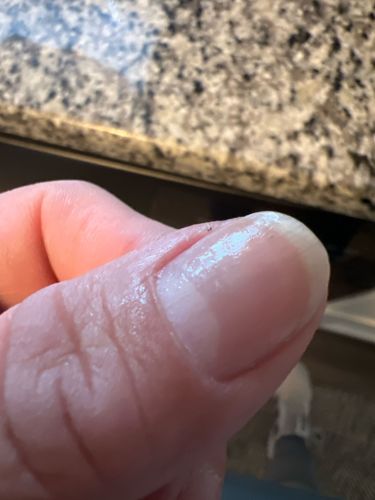Flea
Scientific Name: Siphonaptera (order), various species
Order & Family: Order Siphonaptera, various families (e.g., Pulicidae)
Size: 1.5 to 3.3 millimeters (0.06 to 0.13 inches) long

Natural Habitat
Fleas are external parasites that live on warm-blooded animals such as mammals and birds. They are often found in animal bedding, carpets, cracks in floors, and furniture within homes.
Diet & Feeding
Adult fleas feed exclusively on the blood of their hosts (hematophagous). Larval fleas feed on organic debris, including adult flea feces which contain undigested blood.
Behavior Patterns
Fleas are wingless insects known for their exceptional jumping ability, allowing them to move between hosts. They undergo a complete metamorphosis with four life stages: egg, larva, pupa, and adult. Females can lay many eggs daily after a blood meal. They are notorious for being difficult to eradicate once established in an environment.
Risks & Benefits
Risks: Fleas can cause intense itching, skin irritation (flea allergy dermatitis), and secondary skin infections in hosts. They can also transmit diseases, such as murine typhus and plague, and act as intermediate hosts for parasites like tapeworms (e.g., Dipylidium caninum). Benefits: None for humans or domestic animals; in ecosystems, they are part of the food chain for other arthropods and small predators, but their parasitic nature outweighs any perceived benefit.
Identified on: 10/29/2025